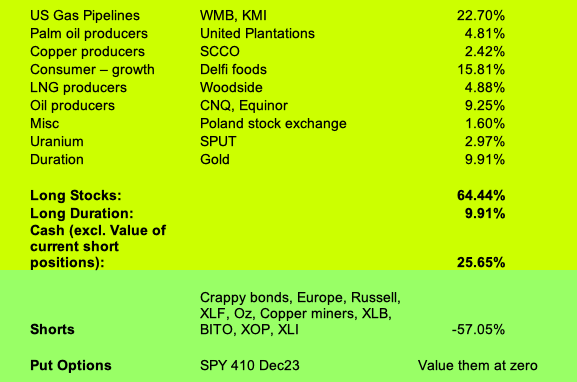Theres 2 non-China REE producers in the world.
- MP Materials is expanding their production, so I can't value them. No point looking at them now.
- Lynas is more interesting, but not cheap.
Business
Lynas mines REE ores from its Australian Mt Weld mine and ships the concentrates to its separation plant in Pahang, Malaysia. From there, Rare Earth Oxides are shipped for sale. Lynas is the largest supplier of NdPr to Japan, who is a partner (through JARE) with priority rights to the material (p87).
Lynas' Malaysian separation facilities have been controversial from the start:
- They were awarded by the previous BN government which ruled Malaysia since the 50's, despite strong opposition.
- The opposition PH campaigned to close the plant in 2018, but after they won they allowed it to continue, upsetting their electorate.
- Energy, Science, Technology, Environment and Climate Change Minister Yeo Bee Yin, a staunch Lynas critic, had initially insisted the Australian firm repatriate its waste (slightly radioactive waste from Lanthanum).
- In early 2019, Lynas announced they would move Lanthanum processing to Australia, building a new site in Kalgoorlie. In late 2019, the Malaysian Prime Minister announced they can build a permanent disposal facility for their existing waste, instead of having to repatriate it.
- In February 2023, PH announced the plant needs to be radioactive free by July. Later extended to 1st Jan 2024. After this, no more radioactive waste will be produced. Hopefully this puts the matter to rest.
- The license is due to be renewed on March 3, 2026.
Profitability, Production Volume and Cashflows:
Balance sheet
As of June 2022, balance sheet has AUD 900m net cash. There is 1.2bn total capex expected in FY2023 and FY2024 combined, for the Mount Weld Expansion and the Karlgoorlie Lanthanum separation facility.
The company has a history of issuing new shares:
Given this, lets look at their EPS, rather than their PAT (2 charts above):
Seems OK. I don't like companies issuing equity, but for a highly cyclical mining company, its safer than taking on debt.
Reserves
Valuation
Hard to value a commodity company, as you need a price for the underlying commodity.
Back of the envelope calculation:
- I expect demand to rise for REEs due to EVs and windmills, but the FY2022 price rise was too large. I'll take the FY2021 price to be a 'normal' price.
- That gave us an EPS of AUD 18c, from production of 5461 tonnes of NdPr.
- Assume they reach 10,000 tonnes NdPr in 2024 (vs their 12,000 tonnes target).
- Gives an EPS of 33c.
- At AUD 8 per share, its a PE of 24.
Still too expensive for me.
Conclusion
Good company, but highly cyclical. Dependent on REE prices, that are controlled by China. May be some remaining political risk in Malaysia. If China attacks Taiwan, this will be one of the few stocks that goes up.

















